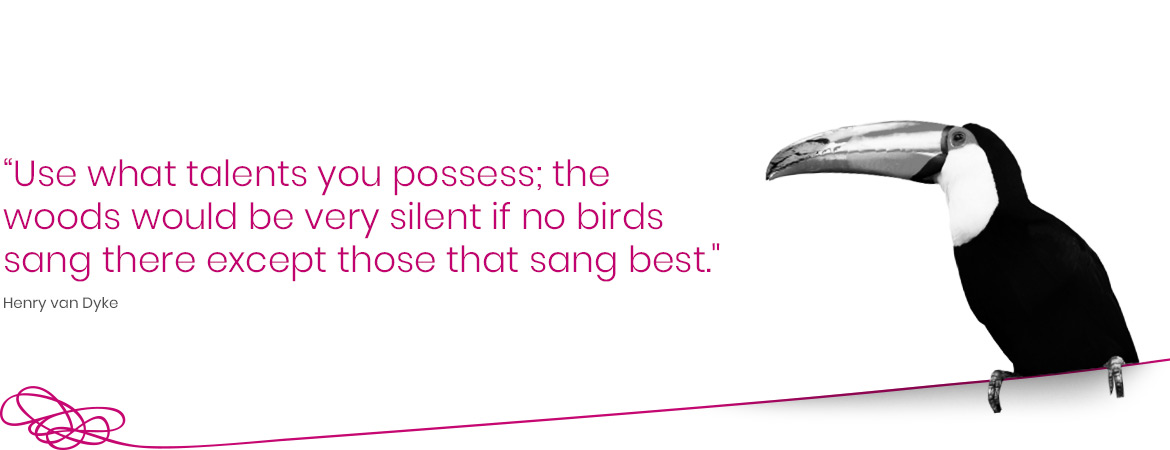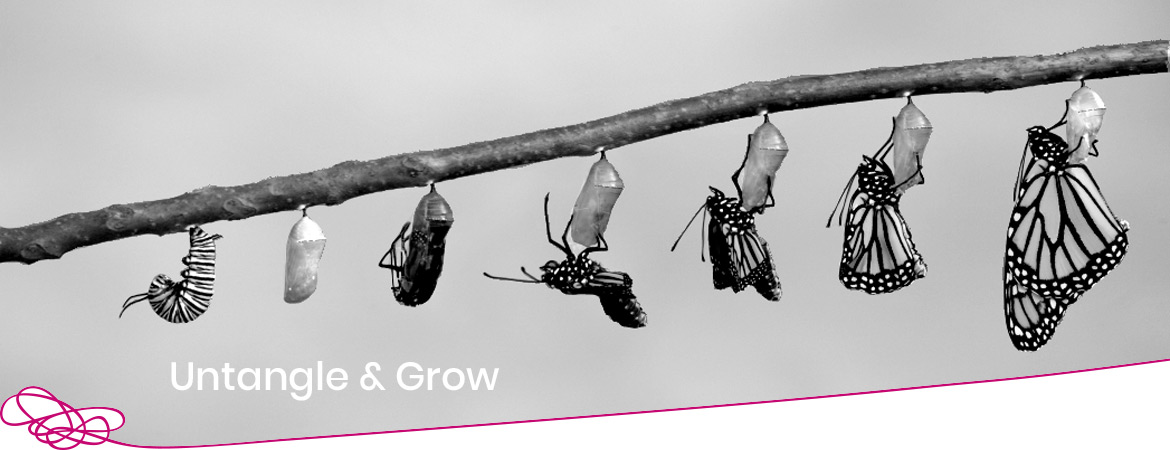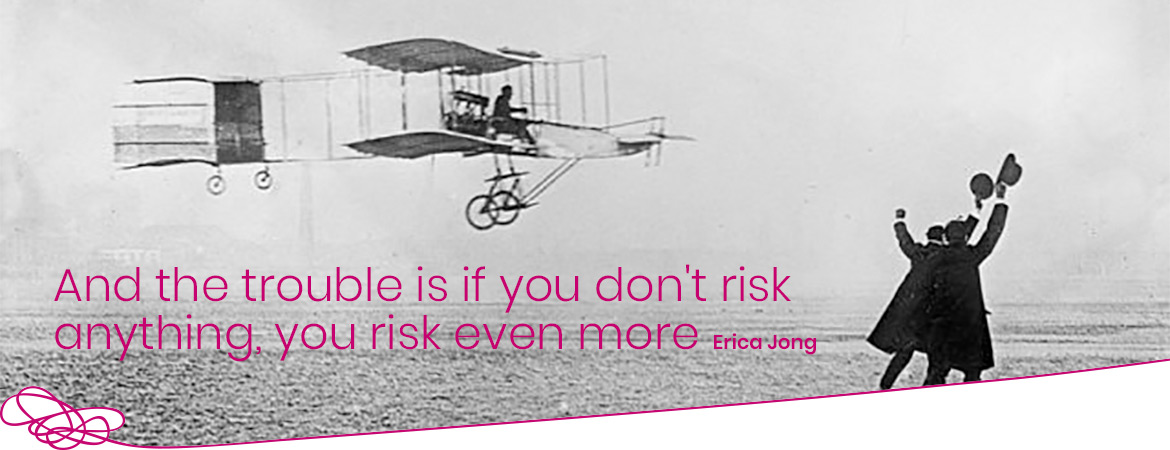It is so easy to form a snap judgement in coaching. We form impressions of our clients – often without knowing it – and all of a sudden those impressions become ‘truths’, somehow fixed in our minds. We then start to act on those ‘truths’ and look out for further evidence to compound our beliefs.
I was working recently with a novice coach, John, who fell foul of this phenomena. He’d started to pick up signs that his most recent coachee wasn’t fully committed to the coaching relationship, and as he was irritated by this wanted to give his new coachee strong feedback about this. However, in supervision it became apparent that what John had actually experienced was a slowness to return emails, and some delay and confusion around setting up their first meeting. When he finally met his new coachee, the coachee was full of apologies – he’d had to have extra time off work due to a family crisis. John’s irritation evaporated.
Peter Senge* calls this tendency to move unawarely from objective evidence (e.g. slow return of email) to unwarranted belief (e.g. the coachee is uncommitted) the ‘ladder of inference’. Like everyone else, coaches are prone to build assumptions and beliefs based on what they see and experience of the client. The difference for me is that coaches should know the difference between an observation and an inference, and they should know the difference between one piece of data and a genuine pattern. More grist for supervision!
Senge, P. et al ( 1994) The Fifth Discipline Fieldbook: Strategies and tools for building a learning organization, London: Nicholas Brealey Publishing, pp242-246





